Trametes hirsuta
Scientific name: Trametes hirsuta (Wulfen) Lloyd
Derivation of name: Trametes means "one who is thin;"
hirsuta means "hairy with rather coarse, erect or ascending
hairs."
Synonymy: Polyporus hirsutus Wulf.: Fr.
Common names:
Phylum: Basidiomycota
Order: Polyporales
Family: Polyporaceae
Occurrence on wood substrate: Saprobic; solitary or
clustered, often overlapping, mostly on dead deciduous
wood;
year-round.
Dimensions: Caps 1.5-10 cm wide, 1.5-6 cm long, and up
to 2 cm thick.
Upper surface: Densely hairy; grayish to yellowish
or brownish, often with brownish margin; zonate or not;
usually concentrically grooved.
Pore surface: White to tan or grayish (smoky); 3-4 per mm.
Edibility: Inedible.
Comments: Trametes hirsuta exhibits a good amount of
variation in the appearance of the cap and pore surfaces,
making identification sometimes uncertain.
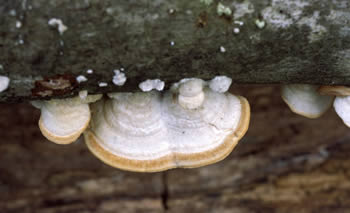
Figure 1.
Trametes hirsuta often has a grayish cap with a
brownish margin. Photo © Larry Grand.
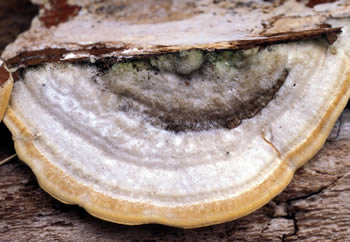
Figure 2. This specimen has a blackish center in addition to
the grayish zone and brown marginal zone. Photo © Larry
Grand.
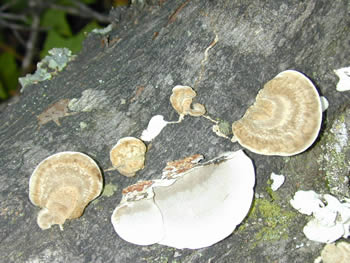
Figure 3. Trametes hirsuta. Photo © Tom Volk
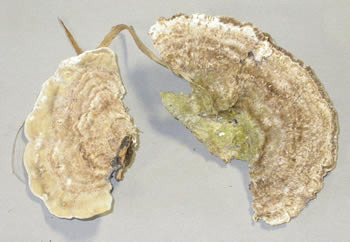
Figure 4. Specimens collected at a NEMF foray.
Photo © Gary Emberger.
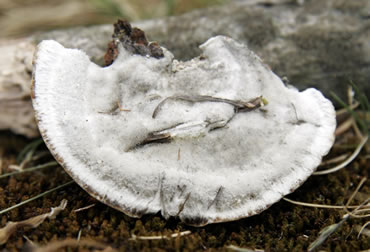
Figure 5. An almost entirely gray specimen of Trametes
hirsuta. Note the concentric furrows. Photo © Dianna Smith.
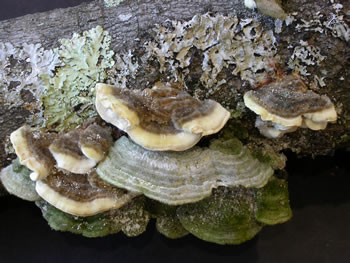
Figure 6. Note the color variation between the grayer,
older specimens and the younger, browner specimens. This
specimen was identified at the 2008 NEMF foray in CT.
Photo © Gary Emberger.
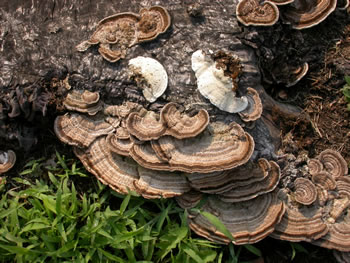
Figure 7. T. hirsuta exhibits a good deal of variation and I
was less than certain regarding the identification of the
specimens photographed in Figures 7-13. Samples were
sent to Tom Volk who indicates he is "pretty sure" I sent
T. hirsuta. The specimens shown in Figure 7 were
photographed on July 6. The young pore surface is
whitish and the caps are zonate and brownish. Figure
11 shows the same specimens 19 days older.
Photo © Gary Emberger.
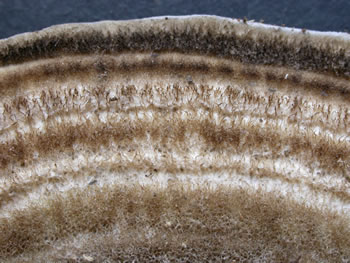
Figure 8. The cap surface of T. hirsuta is densely hairy.
Photo © Gary Emberger.
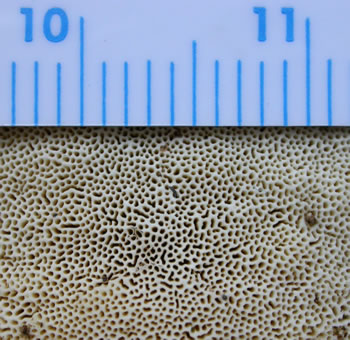
Figure 9. T. hirsuta has 3-4 pores per mm. Photo © Gary
Emberger.
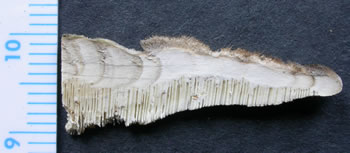
Figure 10. Section through a 1 cm thick specimen
showing
the hairy cap
surface, the
white context, and the
tube layer. Photo © Gary Emberger.
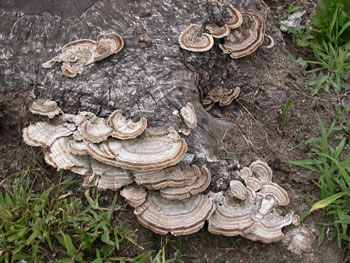
Figure 11. By July 25, the brownish coloration of the caps
visible in Figure 7 has faded considerably except near the
margin. Photo © Gary Emberger.
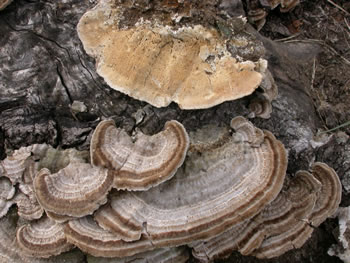
Figure 12. These are the same specimens as in
Figure 11. The pore surface of these older specimens is
brownish and much of the cap surface has faded to gray.
Photo © Gary Emberger.
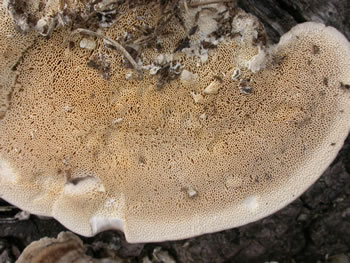
Figure 13. Older pore surface of T. hirsuta.
Photo © Gary Emberger.